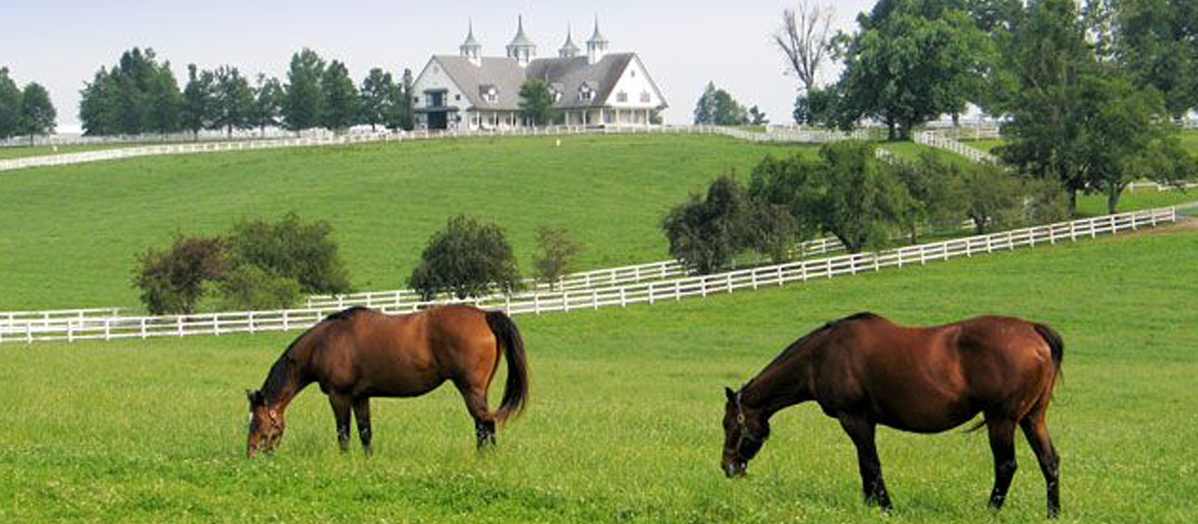365 Days in Horse Country – The Right Bit

Bits have been around for centuries. They were first developed when the horse was domesticated to control the horse’s movements. The first bits were made of wood, bone, or rope. Metal bits became the norm during the middle ages.
Today, most horses are ridden with metal bits, usually made from stainless steel. Bits are designed to apply pressure to the horse’s mouth and send a message to stop, slow down, turn, and perform other maneuvers. The shape of the bit affects the way the message is conveyed to the horse. Bits that are severe, or are in the wrong hands, can be painful to the horse.
Bit come in such a variety of styles, it’s almost impossible to know which one is best for your horse, and choosing the right bit can be tricky. You should always go for the mildest bit that will get the job done. A mild bit for both English and Western riding has a thick mouth bar that is joined. Adding shanks to any Western bit increases its strength.
A bit of advice – Be sure your horse’s teeth are in good shape before trying a bit on her. If your horse hasn’t seen a veterinarian in a while, get her mouth checked for sharp points on her teeth and mouth ulcers first.
To see how your horse responds to a particular bit, rider her in the arena first. She should be relaxed and supple while you ride. Flex her head from one side to the other and judge how responsive she is at the walk. Turn her in a circle to see how she reacts. Ask her to stop.
If your horse doesn’t respond to you, she is ignoring the bit. This means the bit is too mild for her. Rather than ramping up the pressure by using a harsher bit, consider some training for your horse to make her more responsive.
If your horse starts acting agitated or tossing her head, the bit is too severe for her; or your hands are too heavy. Take a lesson with a professional trainer and get his or her opinion on how you are using your hands, and which bit is best for your horse.
Michael







